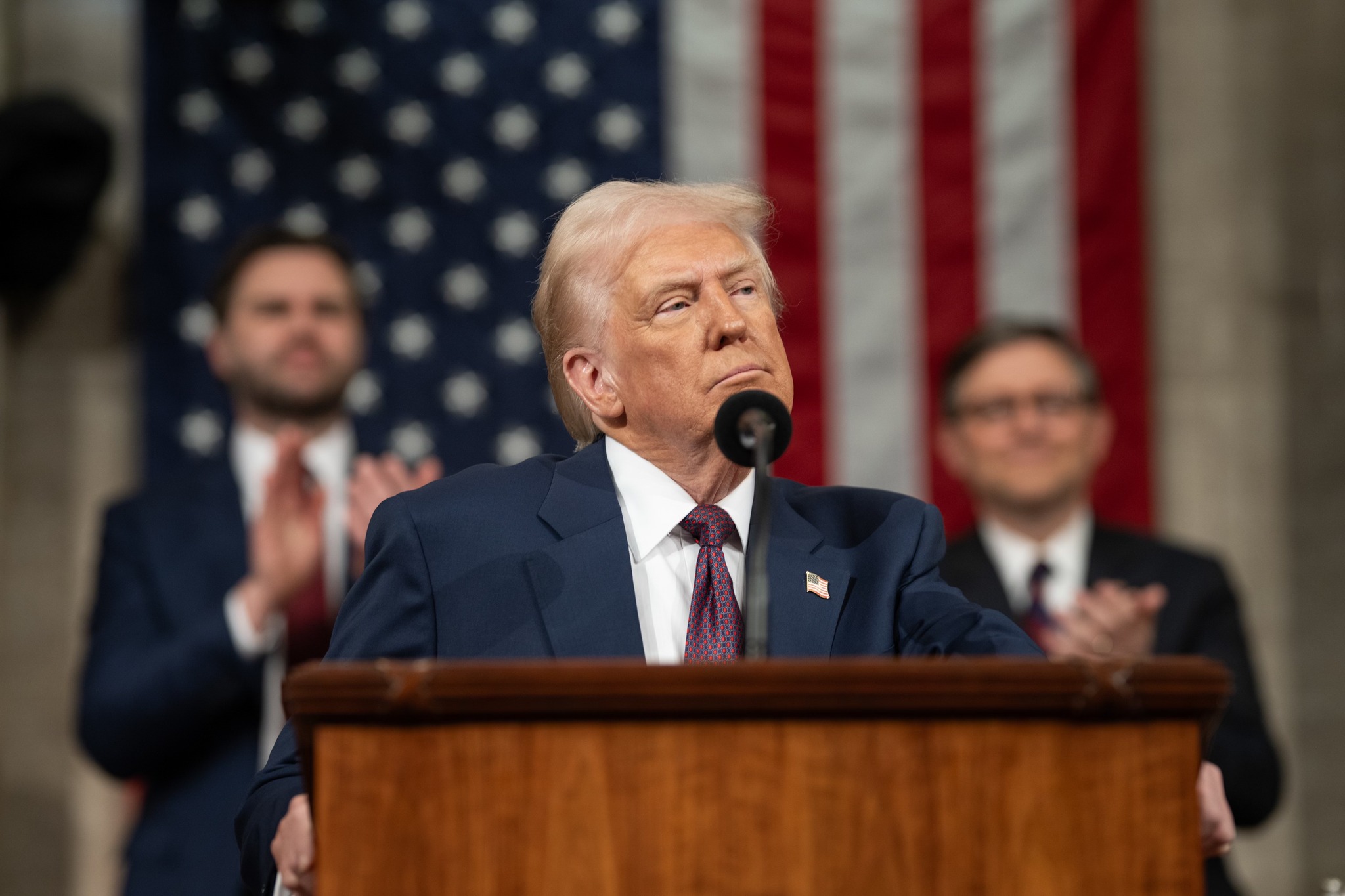Trump’s secret diplomacy: how Washington plans to communicate with Moscow and Kyiv
21 March 17:58
World politics is once again entering the phase of backroom deals. Despite Russia’s ongoing missile attacks on Ukrainian cities and active hostilities, Washington initiates talks in which the Ukrainian and Russian delegations will not meet in the same room. The United States takes on the role of mediator, simultaneously communicating with both sides – separately, in different rooms.
Does Washington’s new diplomatic format pose a threat of imposing unacceptable compromises on Kyiv? Why are these talks taking place now?
Is this a diplomatic trap for Ukraine or, on the contrary, a chance to increase pressure on the Kremlin
The United States is preparing for another round of diplomatic contacts regarding Russia’s war against Ukraine.
According to US Special Representative for the Middle East Steve Witkoff, on March 23, the US will hold talks with representatives of Russia in Jeddah, Saudi Arabia. He said this on Fox News after a telephone conversation between US President Donald Trump and Russian President Vladimir Putin.
Vitkoff noted that the negotiation process, according to Washington, is close to the possibility of a ceasefire, but the details will be crucial.
“The devil is in the details. We have a team going to Saudi Arabia, led by National Security Advisor Mike Volz and Secretary of State Marco Rubio. We have to figure out these details about the ceasefire,” said Steve Witkoff.
At the same time, Vitkoff did not specify who exactly would represent the Russian side in these negotiations.
Shuttle diplomacy instead of direct contacts
According to sources, the talks in Saudi Arabia will be held in the format of “indirect negotiations” – representatives of Ukraine and Russia will not sit at the same table, but will be in separate rooms.
The US President’s Special Representative for Ukraine and Russia, Keith Kellogg, confirmed this information:
“This week we are sending technical teams to the talks, where both sides will be present, but in different rooms. We ask one side about its terms, then turn to the other. It’s basically shuttle diplomacy between rooms in Riyadh,” Kellogg explained.
The same information was confirmed by a Sky News source. According to him, Washington will try to negotiate with Moscow and Kyiv simultaneously, but separately, passing the positions of the parties between the rooms.
What is behind the new format of negotiations?
Sergiy Yagodzinsky, Doctor of Philosophy, Professor, Vice-Rector of the European University, in an exclusive commentary
According to him, this format of negotiations is unusual for Europe and the civilized world, as it implies that the parties involved in a violent conflict do not meet directly.
“We are used to opponents agreeing at least on the fact of negotiations. However, now we see a new diplomatic approach: the parties remain antagonistic and have no common ground. The United States is creating a platform where representatives of Ukraine and Russia do not sit at the same table, but interact in common time. This is an interesting format, where the American side plays an unusual role of mediator, removing the most acute contradictions until direct contact becomes possible,” Yahodzinsky said.
He also recalled the position of Donald Trump, who, even before his presidency, said that Zelenskyy should not sit down with Putin in the current circumstances. At the time, this statement caused a mixed reaction, but, according to the expert, the essence of it was that the conflict is now so tense that no direct negotiations can lead to real agreements.
Despite the continuation of Russian shelling, which has hit Kropyvnytskyi and Odesa in recent days, the parties do not stop the process of diplomatic contacts. Yahodzinsky emphasized that Ukraine, for its part, also continues to respond to the enemy’s attacks, but this does not disrupt the negotiation process.
“Despite the attacks on civilian and critical infrastructure, such as the railway station in Kropyvnytskyi, the negotiations continue. This indicates that Ukraine’s international partners are interested in finding solutions even in the face of active hostilities,” summarized Sergiy Yahodzinsky.
Thus, the US diplomatic efforts are aimed at finding ways to end the war, but it is unclear what the results of this format will be. Despite the active phase of the war and the continuation of Russian attacks on Ukrainian critical infrastructure, the process of diplomatic contacts continues. Whether this will bring the negotiations closer to a real ceasefire remains an open question.









